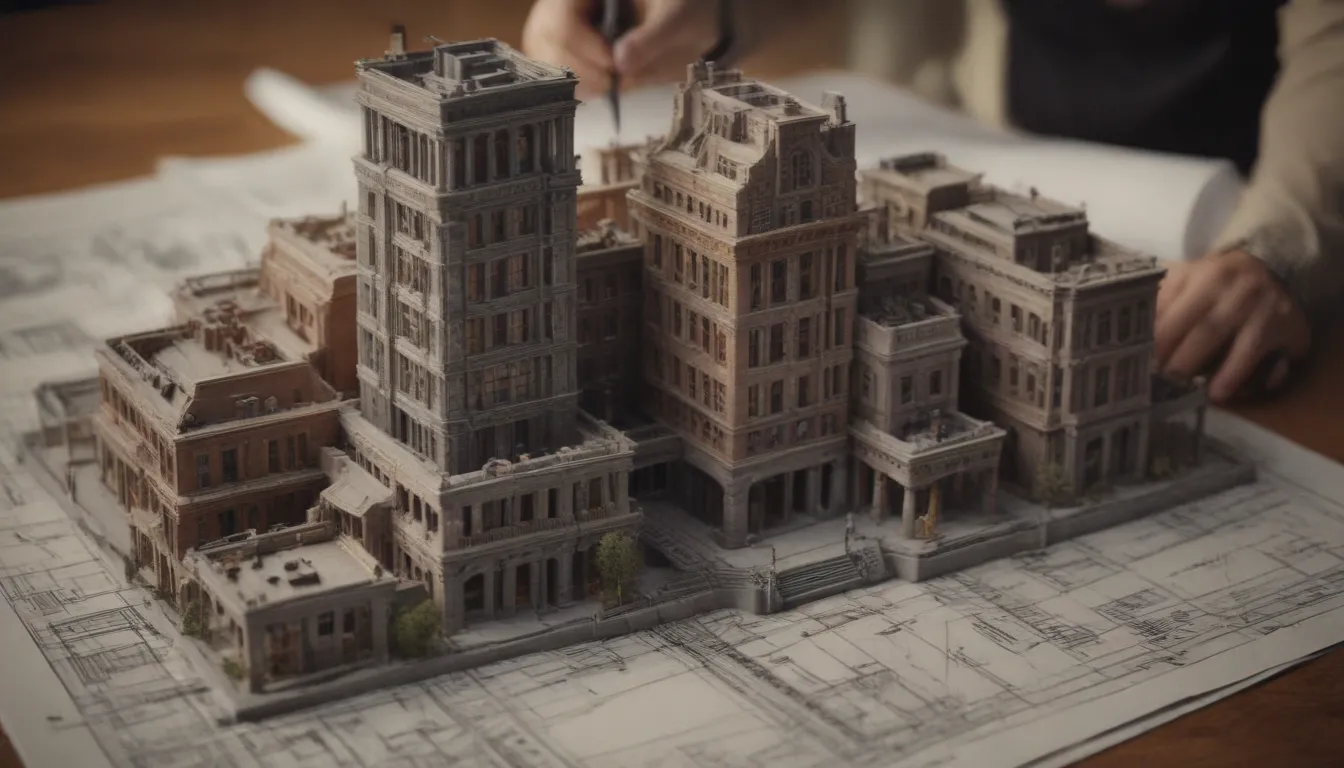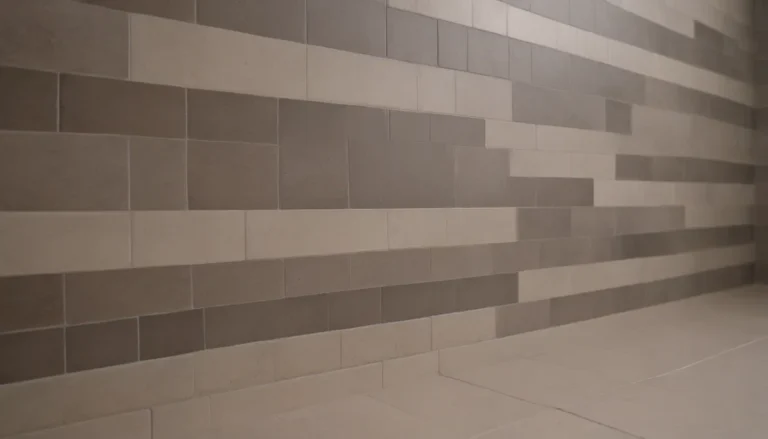A Comprehensive Guide on How to Become a Professional Building Designer

Are you passionate about designing homes and small buildings, but the idea of spending years becoming a registered architect is daunting? If so, a career in building design might be the perfect fit for you. Building design is a rewarding field that allows you to assist individuals in creating safe and beautiful structures without the rigorous licensing demands of becoming an architect. In this article, we will delve into the process of becoming a Certified Professional Building Designer (CPBD) and explore the steps you can take to establish yourself in this exciting profession.
What is a Home Designer or Building Designer?
A Building Designer, also known as a Professional Home Designer or Residential Design Professional, specializes in designing light-frame buildings like single- or multi-family homes. They may also work on light-frame commercial buildings, agricultural structures, or decorative facades for larger buildings, depending on state regulations. These designers have a broad knowledge of the building trade and can guide homeowners through the construction or renovation process. Building designers can also collaborate with Design-Build teams to bring projects to life.
Certified Professional Building Designers have undergone extensive training, gained practical experience in building design, built a portfolio, and passed certification exams. The National Council of Building Designer Certification (NCBDC) holds these professionals to high standards of ethics, conduct, and ongoing learning. Unlike architects, home designers are not required to pass the Architect Registration Examination (ARE) for licensure, making the path to becoming a professional building designer more accessible.
Certification Process
Becoming a professional building designer begins with setting your sights on certification. Before applying for certification, it’s essential to gain experience and familiarize yourself with the intricacies of building design. Here are some steps to guide you through the certification process:
Training Before Certification
- Enroll in training courses in architecture or structural engineering at an accredited institution or online.
- Seek programs that offer a comprehensive background in construction, problem-solving, and architectural design.
- Consider on-the-job training under the guidance of experienced building designers, architects, or civil engineers.
On-the-Job Training
- Utilize career resources centers or online listings to secure internships or entry-level positions.
- Build a portfolio showcasing your design projects and working drawings.
- Gain practical experience and knowledge to prepare for certification exams.
Certification Exams
- Apply for certification through the NCBDC and the American Institute of Building Design (AIBD).
- Complete the CPBD Candidate Handbook to understand the exam process.
- Provide verification of your experience through professional references.
- Pass all parts of the online exam within 36 months, demonstrating competency in construction, design, and problem-solving.
Before embarking on the certification process, ensure you are well-informed about the requirements and procedures involved. Stay updated on any changes to the examination process and be prepared for the challenges that lie ahead.
Continuing Education (CE)
Continuous learning is essential for all professionals, including building designers. After obtaining certification, it is crucial to engage in ongoing education to stay abreast of industry developments and enhance your skills. The AIBD offers a range of courses, workshops, seminars, and training programs to support your professional growth and development.
In conclusion, pursuing a career as a professional building designer can be a fulfilling and rewarding journey. By following the steps outlined in this guide and remaining committed to lifelong learning, you can establish yourself as a respected professional in the field of building design. Stay motivated, seek mentorship from experienced professionals, and strive for excellence in all your endeavors. Remember, becoming a Certified Professional Building Designer is within your reach with dedication and perseverance.





